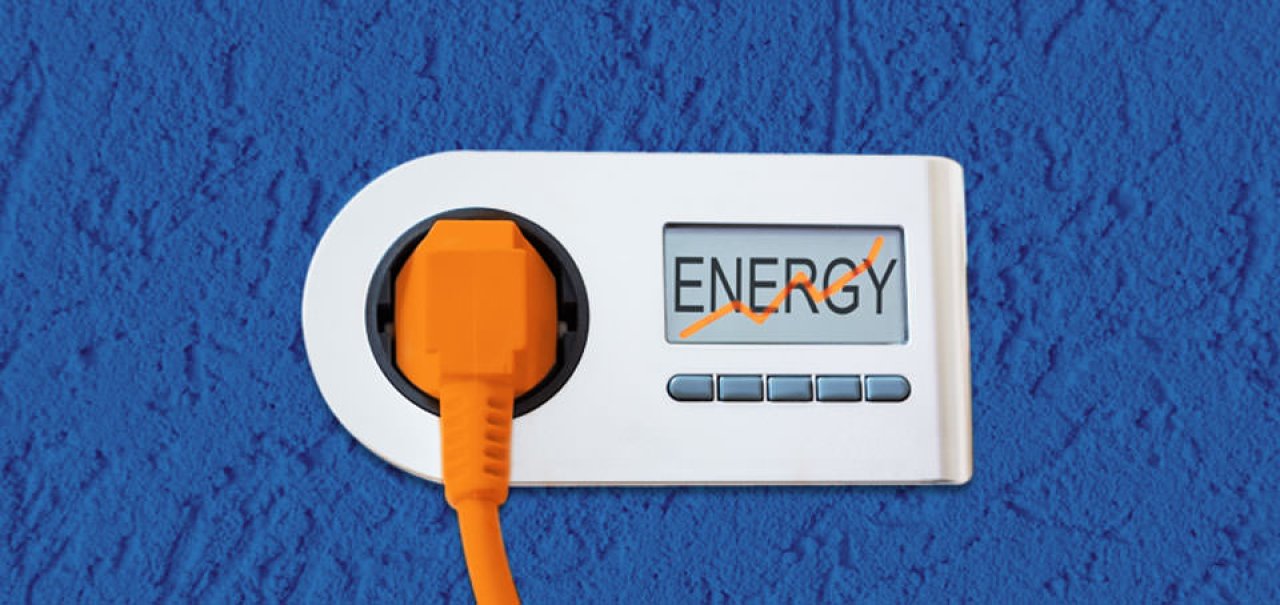Tools for Monitoring Home Energy Usage
Mar 3, 2017

You don’t have to be reliant on your monthly electric bill to enlighten you on your home electricity usage. There are devices that can help you identify your biggest household electricity loads and calculate electrical expenses, which can help you convince your family to adopt energy-saving behaviors.


Plug-In Watt Meter

Cost: $25-$80
By measuring the watts of electrical devices, a watt meter helps you find your home’s energy hogs and their costs. These inexpensive, easy-to-use meters can be found online or in hardware stores, and come as handheld devices or in the form of power strips. Simply plug any electrical device into the meter, and plug the meter into a socket. Turn on the device, and the meter’s LCD display tells you how much electricity the item is drawing at that moment, or leave it plugged in to see the energy usage over a period of time. Most meters allow you to enter your electric company’s cost per kilowatt hour (check your electric bill for the rate), and then calculate cost by the day, month, or year. Use your watt meter on an old freezer in the basement or a space heater while it warms up a cold room. You may be surprised enough at the costs that you’ll feel compelled to test all of your appliances, televisions, and computers. Don’t forget to check your cell phone charger even when your phone is not plugged into it! If you plan to buy a new appliance, use the meter to measure your current one, and compare its wattage/cost with the projected cost of new ones in the store.Whole House Energy Monitor

Cost: $150-$500
Gain even more insight about energy usage and power costs with a whole house energy monitor. Typically, these monitors connect to your home’s main breaker panel, electric meter or electrical supply cables. You can install the system yourself, but it is safer to have an electrician do it for you. Once set up, the monitor provides real-time usage readings every 3-30 seconds from either a wireless counter top monitor, a website, or a smartphone app. Basic systems display your home’s total power usage so you can see the time of day or months you use the most energy. The monitors give you a direct cost readout and will archive years of data. Also found online and in stores, whole house monitors are ideal for calculating costs on non-plug components, such as alarm systems, lighting circuits or central air units. But depending on your home’s electrical setup, more advanced systems will also gather data for individual rooms, circuits and appliances, and allow you to raise or lower thermostat temperatures remotely. Many monitors allow you to set daily energy targets to alert you via email or text when you've exceeded your total. Whether you use a simple meter or an advanced monitor, you will get a return on your investment only if you use the data to help you determine how to adjust your family’s energy consumption. Then with a strategy in place, you can begin to reap the benefits of saving money on your home energy bills! * Whole House Energy Monitor Image Credit

